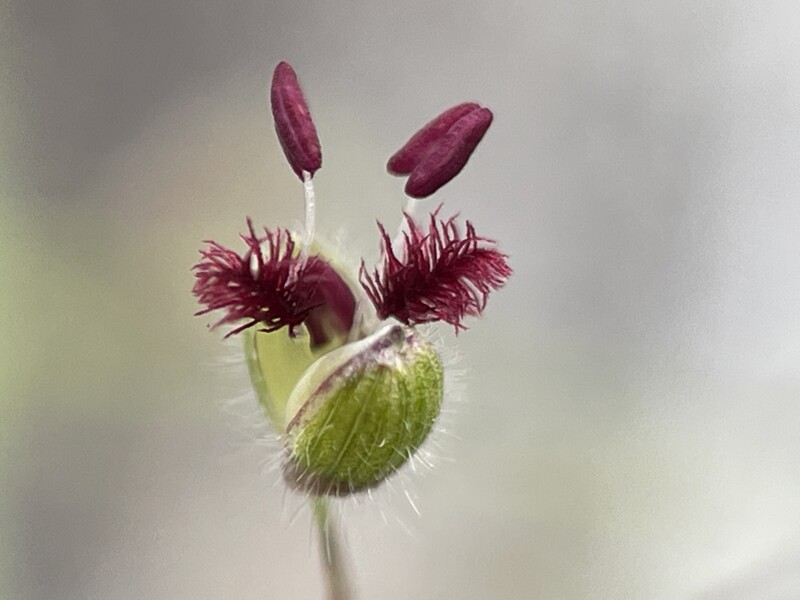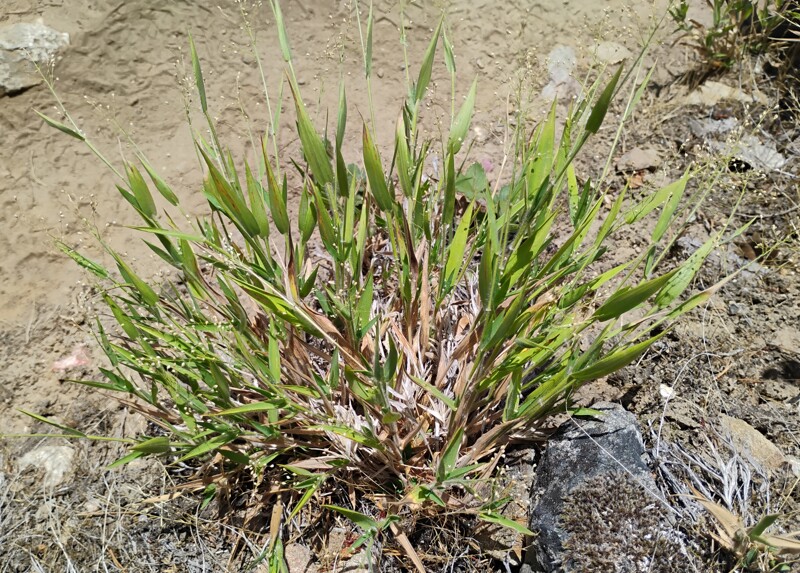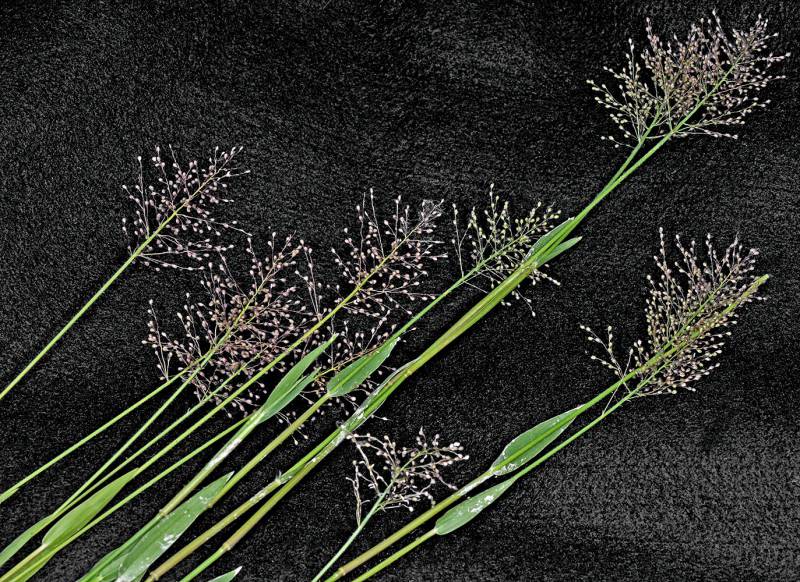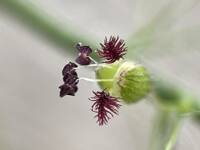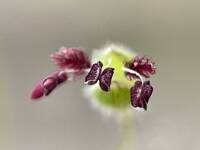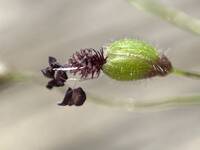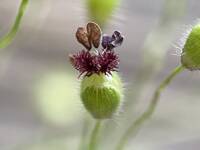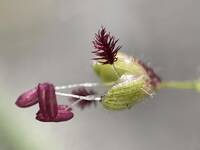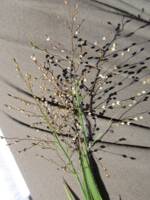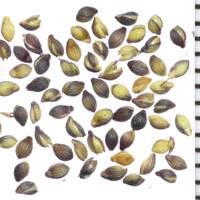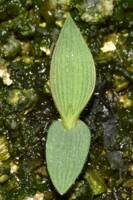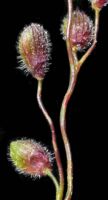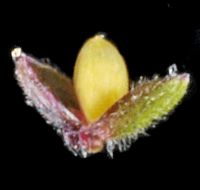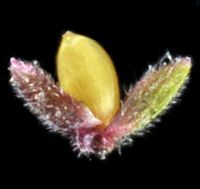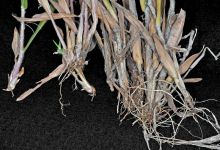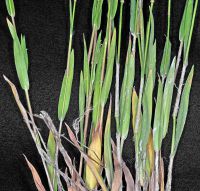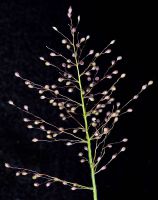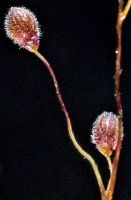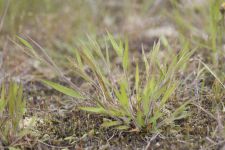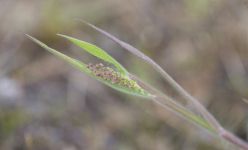Distribution: Occurring on both sides of the Cascades crest in Washington; southern British Columbia to California, east across North America to the Atlantic Coast.
Habitat: Rocky or sandy river banks or lake margins to open woods, marshy areas or dry prairies, from sea level to high elevation in the mountains.
Flowers: June-August
Origin: Native
Growth Duration: Perennial
Conservation Status: Not of concern
Perennial 1-3 dm. tall, the hollow culms simple in the spring, often branched and prostrate-spreading in the fall, with soft hairs throughout.
Sheaths open, ligules 3-4 mm. long, mainly of straight hairs; upper blades of the vernal culms larger than the basal, 5-12 mm. broad, those of the branches reduced; nodes with a ring of spreading hairs subtended by a glabrous band.
Inflorescence an open panicle 3-9 cm long and nearly as wide; spikelets articulate below the glumes, 2-flowered, 1.5-2 mm. long, elliptic-oblong to obovate; first glume about 0.5 mm. long, acute or obtuse, 1-nerved; second glume and sterile lemma obtuse, 7-9 nerved, about as long as the fruit at maturity, the two enclosing the fertile flower; second lemma hardened and very faintly nerved, the margins overlapping the equally firm palea.
Utricle
Publication: Ann. Missouri Bot. Gard. 65: 1121. 1979. 1979.
-
ssp. fasciculatum – hairy panicgrass
 Occurring on both sides of the Cascades crest in Washington; southern British Columbia to California, east across North America to the Atlantic Coast.
Occurring on both sides of the Cascades crest in Washington; southern British Columbia to California, east across North America to the Atlantic Coast.
PNW Herbaria: Specimen records of Dichanthelium acuminatum in the Consortium of Pacific Northwest Herbaria database
WA Flora Checklist: Dichanthelium acuminatum checklist entry
OregonFlora: Dichanthelium acuminatum information
E-Flora BC: Dichanthelium acuminatum atlas page
CalPhotos: Dichanthelium acuminatum photos

